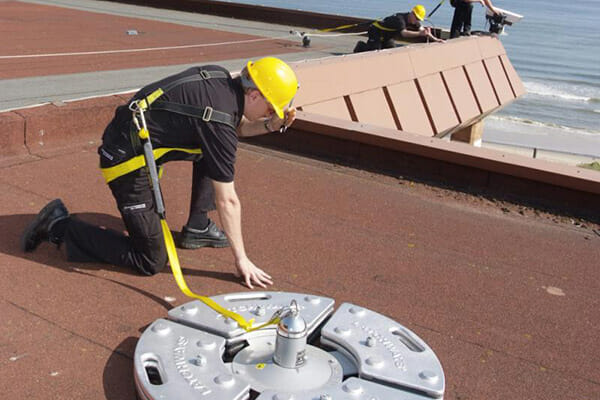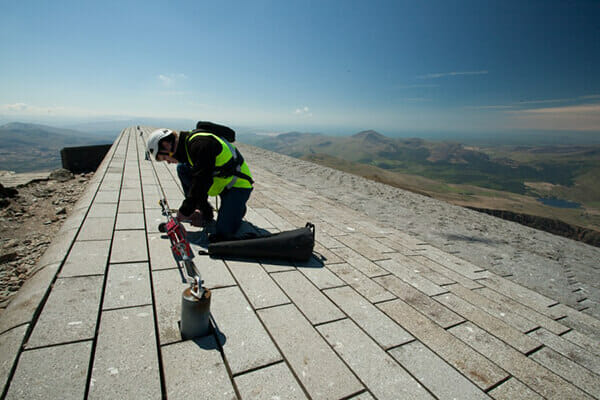Using the correct equipment
For every window cleaning job your choice of access equipment will be determined by the height to be negotiated, site conditions, duration and extent of work and frequency of access. Access equipment including anchorages must be suitable for the task and must be properly maintained, regularly inspected and where applicable thoroughly examined in accordance with the Lifting Operations and Lifting Equipment Regulations 1998 (LOLER).
Safe methods of work must be implemented for all activities where there is a risk of injury. Particularly where higher risk window cleaning activities are carried out e.g. those requiring powered access or rope access and operatives carrying out this work must be fully aware (and their understanding checked) of the safe working method statement and risk assessment.
Fall prevention equipment must also be suitable for the task and should be subject to the same maintenance and inspection regime as access equipment. You should complete pre-use checks of your equipment ensuring any damage is identified before use. Any damage likely to compromise the integrity of equipment should be reported to the appropriate person and the equipment repaired or replaced before next use if necessary.
Regardless of the equipment to be used, you must ensure you, your employees or contractors are fully trained and competent to use the work equipment provided.
If you are unsure which type of access equipment to use then the Work at height Access equipment Information Toolkit (or WAIT) is a free online resource that offers possible solutions and provides details of some of the most common types of access equipment.
Portable Ladders
Portable ladders have traditionally been used mainly for cleaning domestic windows on ground, first and second floors. Whilst use of a ladder should not be your automatic choice, it can be the most sensible and practical option for low-risk and short duration tasks.
Before beginning work, you should ensure that any ladder is both suitable for the work i.e. it is strong, robust and long enough for the job and is in a safe condition without any visible defects.
Almost all falls from ladders happen because the ladder moves unexpectedly. The key factor in preventing falls from ladders is to ensure your ladder is stable whilst being used through careful consideration of the working conditions and whenever possible, tying the ladder to a suitable point to prevent movement.
INDG455: Safe use of ladders and stepladders ![]() provides further information.
provides further information.
For windows that are more difficult to reach the use of specialist access equipment will be necessary.





